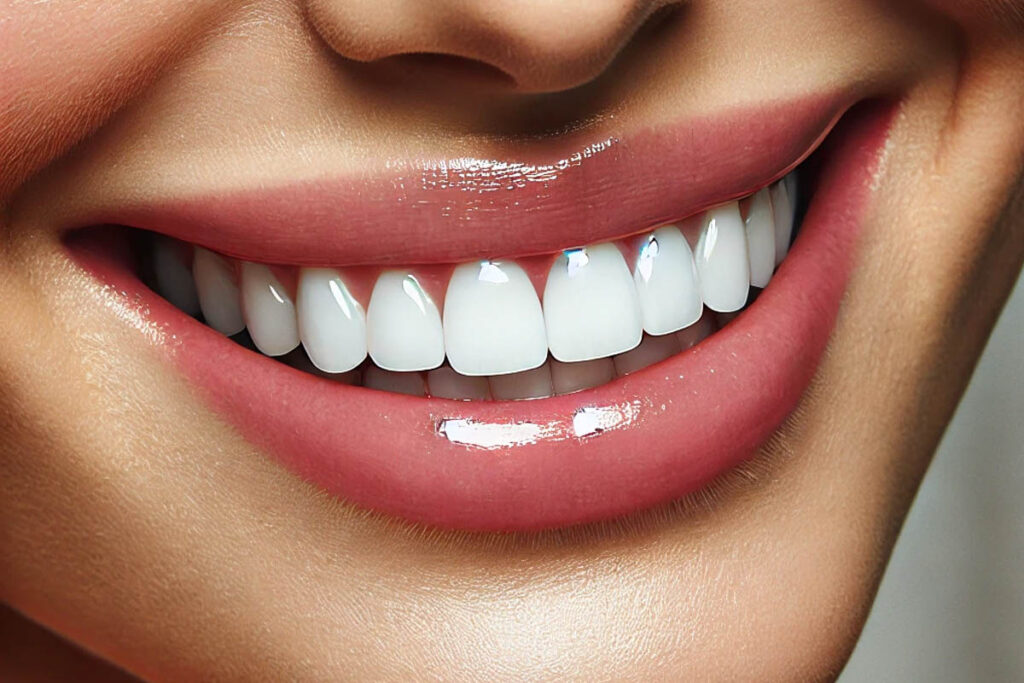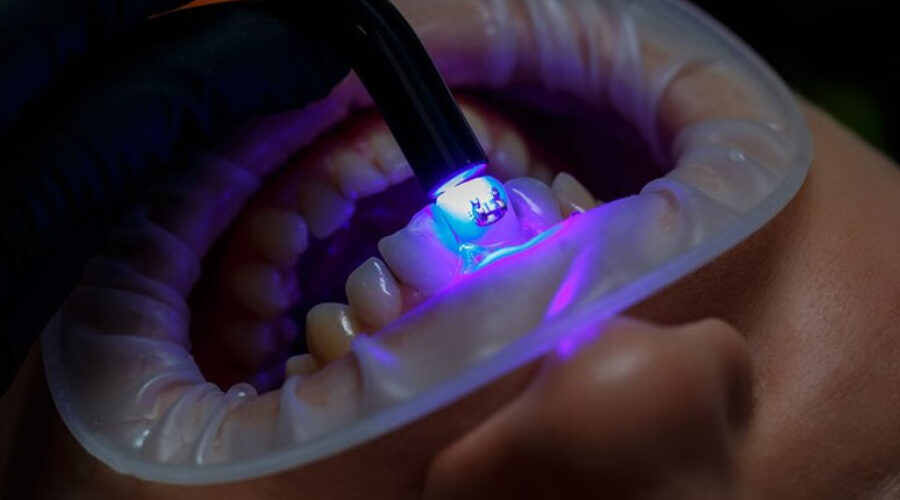Advancements in Porcelain Veneer Materials
Porcelain veneers have long been a popular choice for achieving a perfect smile. Recent advancements in porcelain veneer materials have significantly enhanced both their strength and aesthetics. This article delves into these developments, exploring how modern materials are revolutionizing dental veneers.

What Are Porcelain Veneers?
Porcelain veneers are thin shells of medical-grade ceramic that are bonded to the front surfaces of teeth. They are used to improve the appearance of teeth that are discolored, worn down, chipped, or misaligned. The materials used for veneers have evolved significantly, leading to improvements in durability and appearance.
Evolution of porcelain veneer materials
The materials used in the production of porcelain veneers have seen substantial advancements:
- Traditional porcelain: Traditional porcelain was the standard for veneers due to its natural appearance. However, it was prone to chipping and cracking.
- Lithium Dioxide: This material offers superior strength and aesthetic qualities. It can be layered to mimic the translucency of natural teeth, providing a more lifelike appearance.
- Zirconia: Zirconia-based veneers are exceptionally strong and resistant to wear. They are ideal for patients with bruxism (teeth grinding) or those needing durable restorations.
Benefits of Advanced Porcelain Veneer Materials
Advancements in porcelain veneer materials offer numerous benefits:
- Enhanced Strength: Modern materials like lithium disilicate and zirconia are much stronger than traditional porcelain. They can withstand greater forces, reducing the risk of fractures and extending the lifespan of veneers.
- Improved aesthetics: Advanced materials can be crafted to closely resemble natural tooth enamel. The ability to layer different shades and translucencies allows for a highly realistic and natural-looking smile.
- Minimized Tooth Reduction: The strength of new materials means that less of the natural tooth structure needs to be removed to accommodate the veneer. This preservation of tooth structure is beneficial for overall dental health.
Clinical Applications of Advanced Veneer Materials
Advanced porcelain veneer materials have expanded the range of clinical applications.
- Smile Makeovers: Patients seeking comprehensive cosmetic enhancements can benefit from the durability and aesthetic appeal of modern veneers.
- Restorative Dentistry: Beyond aesthetics, these materials are used in restorative procedures to repair damaged or worn teeth, providing both strength and beauty.
- Minimally Invasive Dentistry: With the strength of new materials, dentists can employ minimally invasive techniques, preserving more of the natural tooth structure while still achieving remarkable results.
Maintaining porcelain veneers
Proper maintenance is crucial for the longevity of porcelain veneers. Here are some tips to ensure they last:
- Good oral hygiene: Regular brushing and flossing helps maintain the health of the underlying teeth and gums.
- Regular Dental Check-ups: Routine visits to the dentist allow for professional cleaning and early detection of any issues.
- Avoid Hard Foods: While advanced materials are strong, it is advisable to avoid biting down on hard objects like ice or pens.
- Use a Night Guard: For patients who grind their teeth at night, a custom-fitted night guard can protect the veneers from damage.
Conclusion
Advancements in porcelain veneer materials have significantly improved their strength and aesthetics, making them a durable and attractive option for dental restoration. With materials like lithium disilicate and zirconia, patients can achieve a natural-looking smile that is both resilient and beautiful. Proper care and regular dental check-ups are essential to maintaining the longevity of these veneers. For more information on the latest advancements in dental materials and to find a dental clinic near you, visit Dental Near You.


